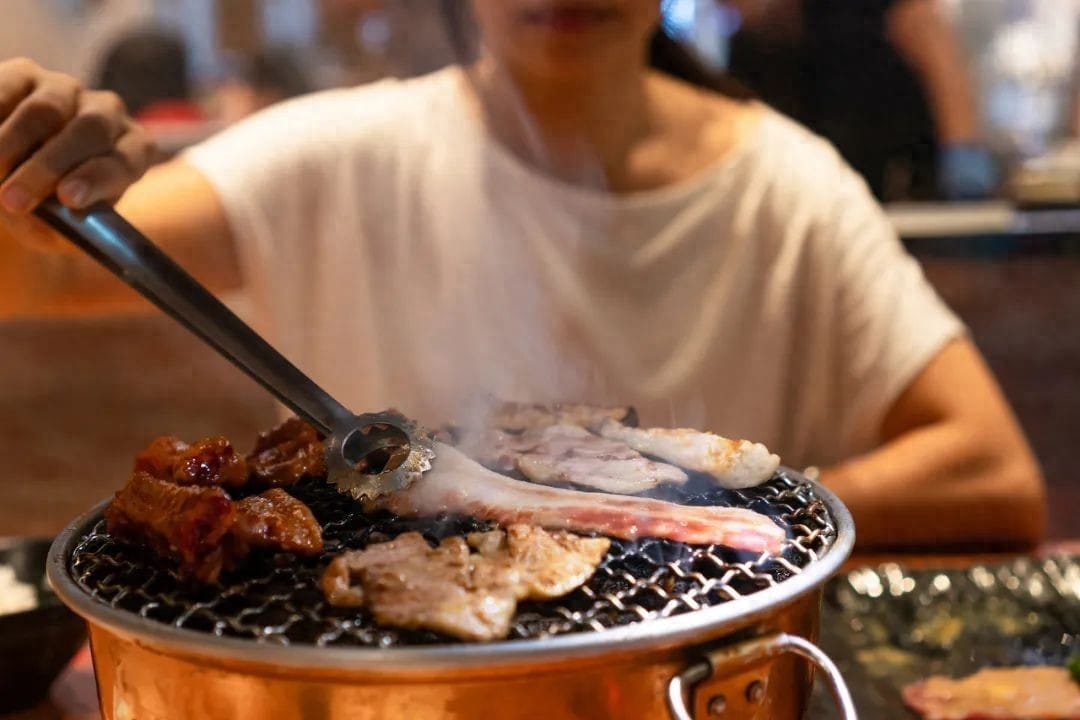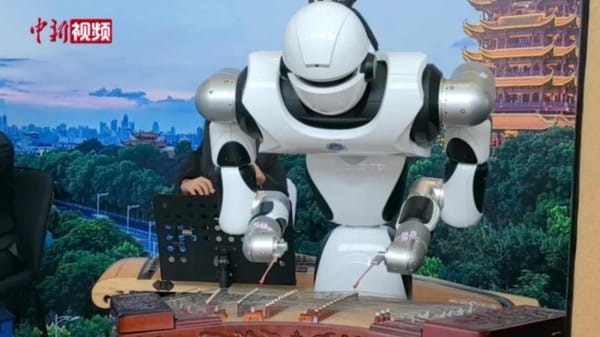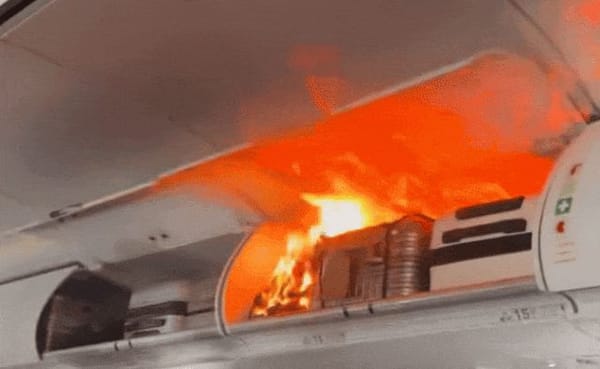Carbon Monoxide Poisoning Alert: Hidden Dangers of Indoor Barbecues
A Wuhan woman’s barbecuing indoors with the AC on led to carbon monoxide poisoning and delayed brain damage. Discover the dangers of CO buildup and safety tips.

Understanding Carbon Monoxide and Its Silent Threat
Carbon monoxide (CO) is a colorless, odorless gas that can be lethal when inhaled in large amounts. This silent killer is produced by burning fuel, and its dangers often go unnoticed until it's too late. Recently, a harrowing incident in Wuhan highlighted just how risky certain activities can be when done in poorly ventilated spaces.

When a Barbecue Becomes a Deadly Trap 🔥😷
A woman in Wuhan chose to enjoy her barbecue indoors while keeping the air conditioner running. Sounds cozy, right? Unfortunately, this combination created a perfect storm. The barbecue released carbon monoxide inside a confined, air-conditioned room where ventilation was almost nonexistent. The result was a dangerous buildup of CO, which led to delayed brain damage.
This situation raises important questions: How safe is it to use fuel-burning appliances indoors? What is the role of proper ventilation? And how can ordinary people protect themselves from the risks of carbon monoxide poisoning?
Symptoms That Should Never Be Ignored
Recognizing carbon monoxide poisoning symptoms early is crucial because they can easily mimic flu, food poisoning, or fatigue. These symptoms include headache, dizziness, weakness, nausea, and confusion. Prolonged exposure can lead to severe neurological damage—as tragically demonstrated by the Wuhan case.
Remember, if you or someone near you experiences these symptoms suddenly, especially when using gas or charcoal indoors, seek fresh air immediately and call for medical help.
Preventing Carbon Monoxide Poisoning: Simple Steps That Save Lives
The good news is there are straightforward precautions anyone can take to reduce risks:
- Never use charcoal grills or fuel-burning devices indoors. They emit dangerous levels of CO that can accumulate quickly.
- Ensure good ventilation. If you use gas appliances, keep windows open or install exhaust fans to disperse gases.
- Install carbon monoxide detectors. These lifesaving devices will alert you before CO levels become dangerous.
- Regularly maintain heating and cooking systems. Faulty equipment can increase CO production.
Final Thoughts: Awareness Saves Lives
This unfortunate case reminds us that convenience or comfort should never come at the expense of safety. Carbon monoxide may be invisible, but its dangers are very real. By understanding the risks and taking proper precautions, we can protect ourselves and our loved ones from this hidden hazard.
Stay safe, stay vigilant — and never barbecue indoors! 😌🔥




